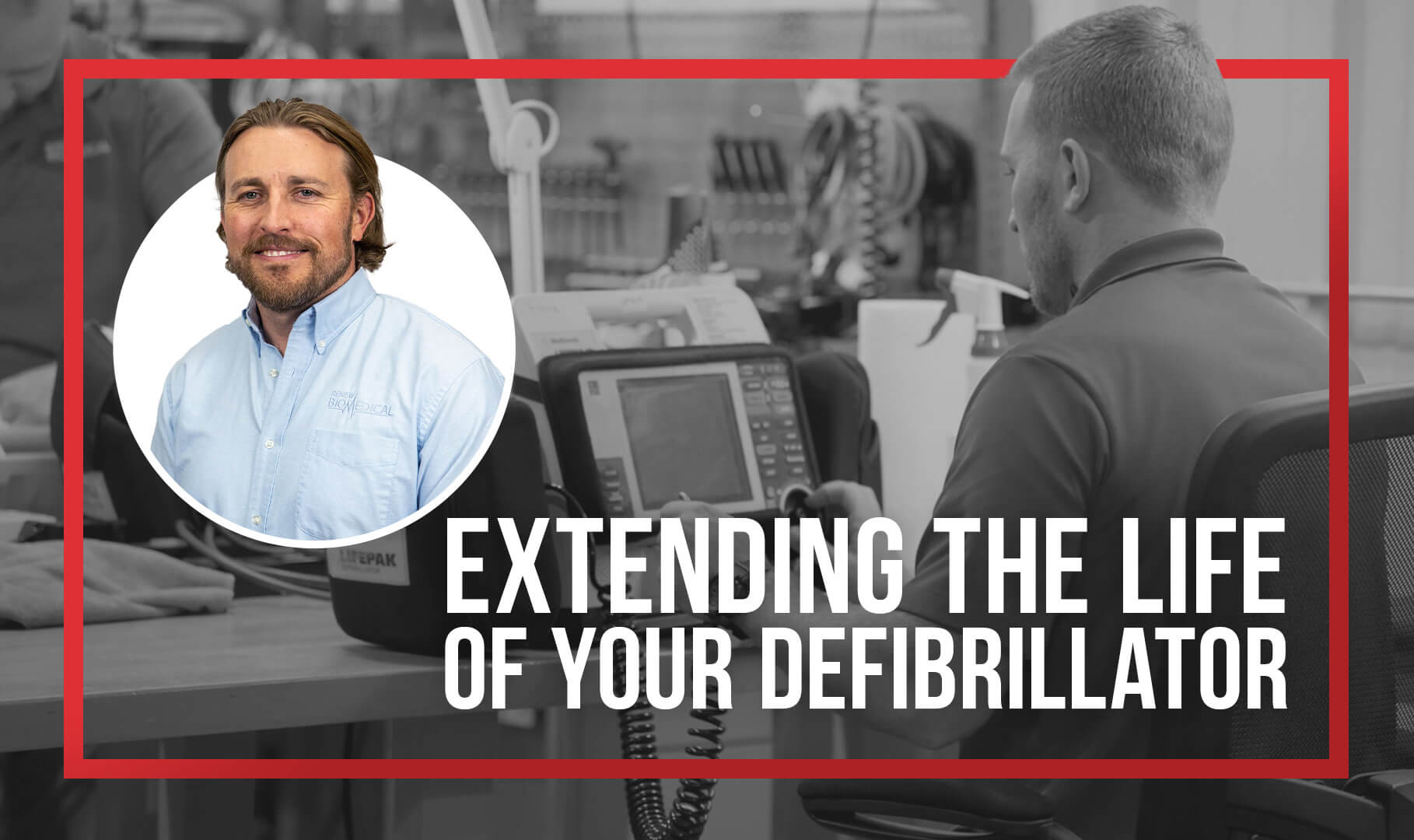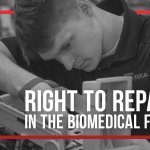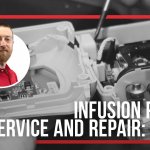
Originally published in TechNation’s Roundtable on Defibrillators, March 01, 2024 .
TechNation Editor John Wallace recently asked some HTM leaders for the latest information regarding AEDs and Defibrillators for a roundtable article, linked above. ReNew Biomedical’s Director of Training, Dustin Dinkins CBET, answered TechNation’s questions about Defibrillators:
Q. What are the basic functions or features every defibrillator/AED should have?
Dinkins: The most basic function that a defibrillator and AED should have is the ability to analyze and deliver electric shock therapy to a patient in cardiac arrest. This primary function lets medical personnel, or even bystanders, use these devices in an emergency situation to analyze the patient and determine what therapy level needs to be administered.
Q. What types of checks and regular maintenance do defibrillators/AEDs require?
Dinkins: As with any medical device, it’s recommended to perform maintenance checks on AEDs/Defibrillators following the manufacturer’s specifications. Checks on these devices can include ECG rhythm tests, energy output tests, internal self-tests and patient parameter testing. Using a patient simulator/analyzer on these devices will help ensure your device is within the recommended specs.
Q: What are the most important things to look for in a defibrillator/AED?
Dinkins: A defibrillator/AED should be considered based on the needs of the location or user. Both devices will be able to analyze a patient and deliver shock therapy. Beyond this feature, users will want to decide if they want manual controls and patient monitoring. AEDs are a great choice for public access or BLS due to their ease of use and range of additional features, such as pediatric functions or CPR guidance. AEDs are specifically meant for cardiac arrest emergencies. Defibrillators are for professionals who need to provide advanced care by monitoring patients and checking vitals after stabilization.
Q. How can a HTM professional extend the life of defibrillators/AEDs?
Dinkins: In addition to performing annual maintenance on your unit, it’s important that the installed battery and pads are not expired or damaged. During annual maintenance, check the battery’s performance using a multimeter to ensure it’s not below the recommended voltage. Also during maintenance, clean the device and the battery contact points, ensuring the battery is making proper contact inside the unit.
Q. What else should TechNation readers know about defibrillators/AEDs?
Dinkins: An AED/defibrillator is a device we all hope we never have to use; but when the time comes, it has to work. An AED has one job, and that is to save a patient’s life in cardiac arrest. These devices are often forgotten in a cabinet or hung on a wall and may go untouched until needed. A note about storage: always store your AED with the battery and pads installed. In an emergency, the unit must be ready for action. As an HTM or medical professional, we must check these daily and perform annual maintenance, so they stay ready to save a life.
 Dustin Dinkins, CBET
Dustin Dinkins, CBET
Director of Training and Employee Development










